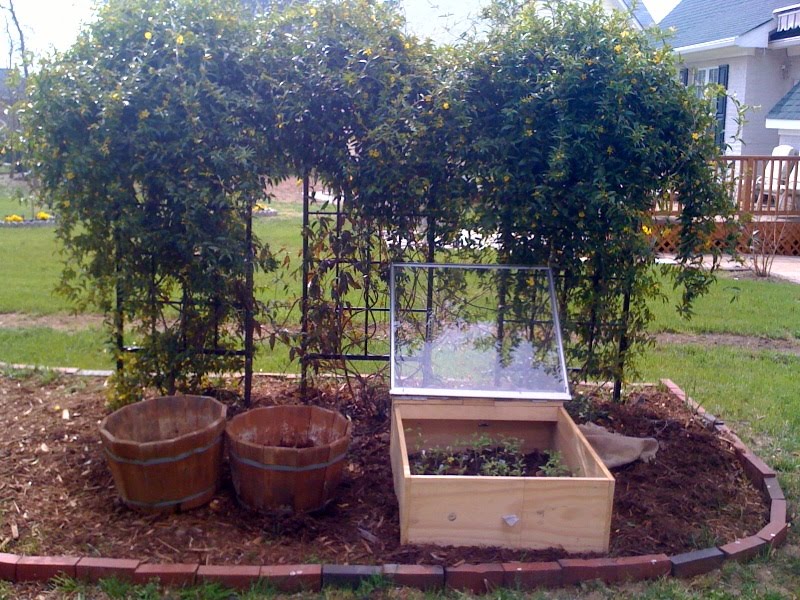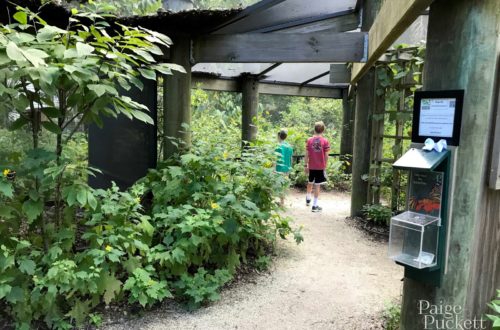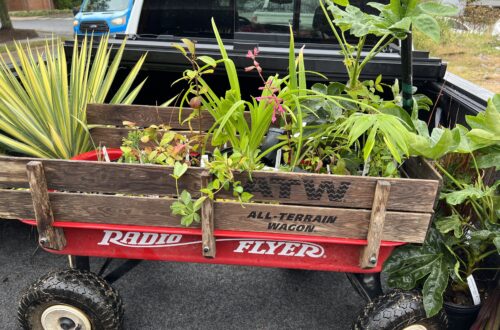Before the Last Frost (7 Weeks)
This week we are talking about cold frames. A cold frame is similar to a greenhouse, except that it is only used in the cold season to help tender seedlings grow before optimum climate conditions by trapping in heat overnight. A cold frame is not climate controlled. My previous “greenhouse” was really just a large cold frame. Here is a great article explaining the two: The Differences Between a Greenhouse and a Cold Frame
 |
| Our old cold frame |
Do you have a cold frame?
I don’t currently have one, but I just ran buy Habitat Restore and picked up 6 windows for $4 each so I could put something together this weekend. A cold frame isn’t essential, but it does have several advantages. Cold frames allow you to warmly store plants outdoors by letting in the sun and trapping the heat while it is still too cold to put them in the ground. If you have a larger garden and start most your plants from seeds, keeping all the sprouts indoors can be impractical. Cold frames can also help gently acclimate sprouts to the cooler outdoor temperatures, a process called “hardening off”. A cold frame can be as simple or as fancy as you like. Ideally, I’d like a cold frame that would allow me to start seeds in-ground and not have to transplant them. I would probably need to build up some raised beds and use a lightweight transparent panel on top of the beds. Extra reading: 4 Ways to Use a Cold Frame
If you already have a cold frame or don’t need one, take the time this weekend to catch up on getting your garden in shape. We still have a fence to build, soil to prep (rocks to remove) and onion sets to plant!
Tasks
- Do a little internet search on “cold frames” and check out all the fun designs out there.
- Hit up the flea market or the Habitat ReStore to get materials for your box. Habitat typically carries lumber and windows.
- Get handy and build your box… or pull out that plastic card and take a gander to the Gardner Supply Store.
- Find a sunny spot for the location of your cold frame that is protected from the wind. This can be against your house or it can be placed directly inside a garden box.
- Once your sprouts have their first set or two of true leaves, relocate them to the box and make sure they have something to filter the light for the first several days as their leaves will be prone to burning.
What to plant now
This week you can start the following indoors: Kale, Broccoli, Brussels Sprouts, Cabbage, Cauliflower, Collards, Lettuce, Watermelon.


